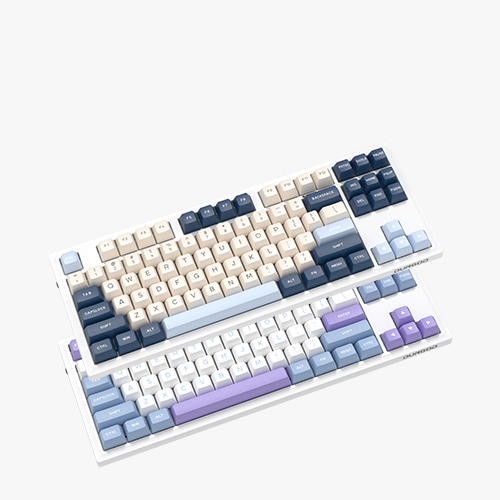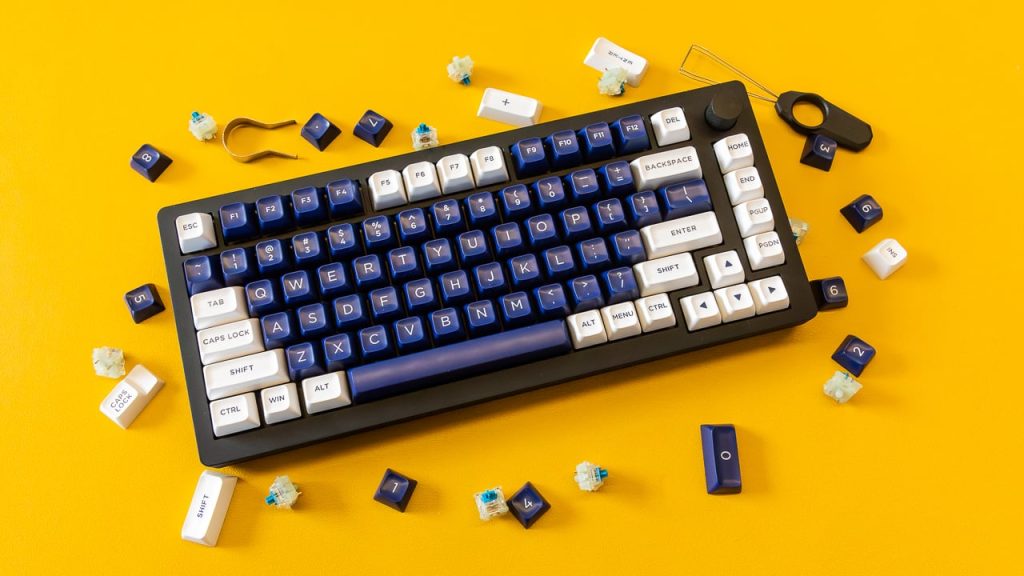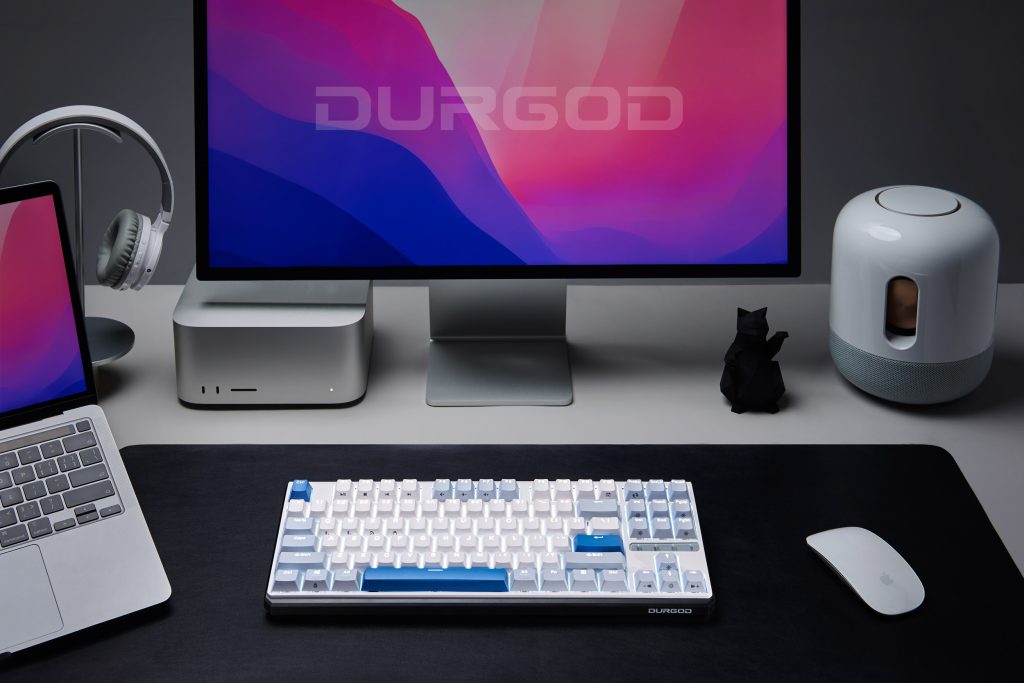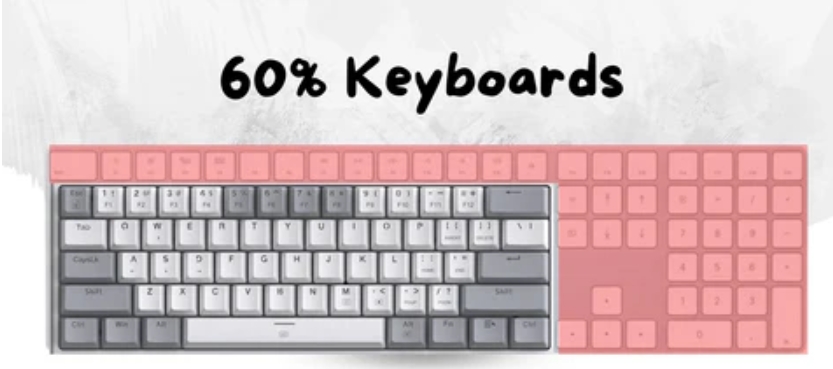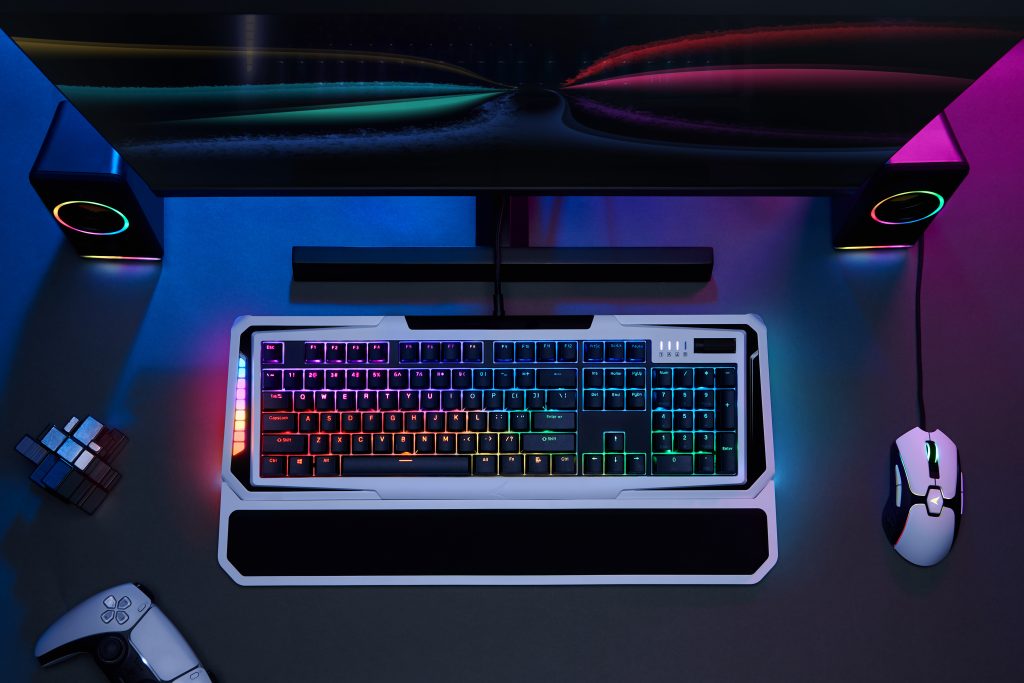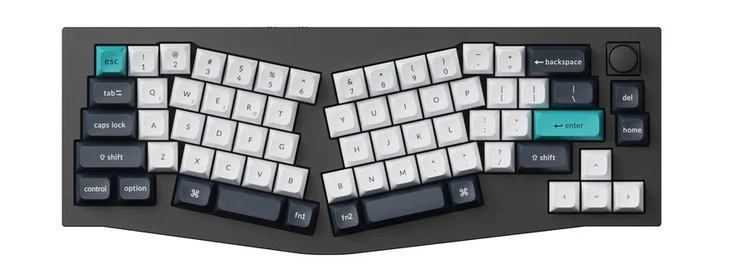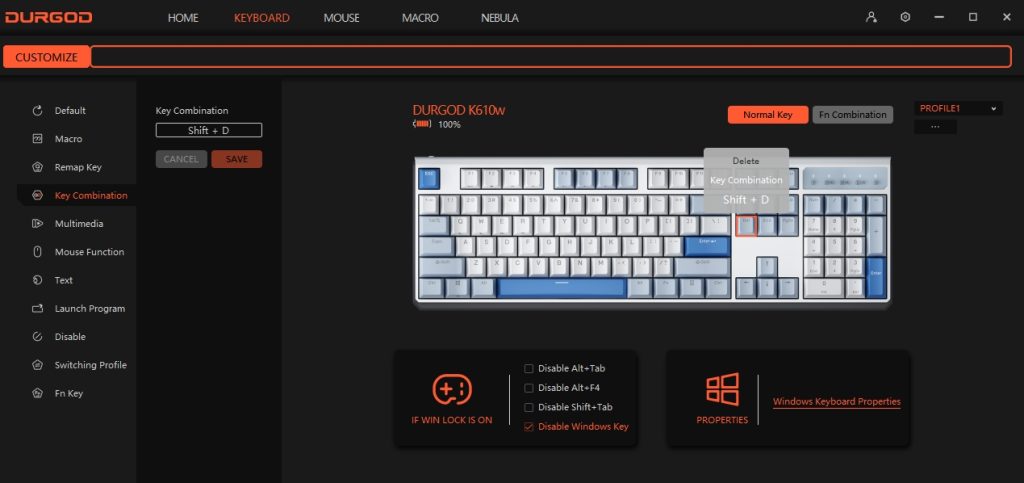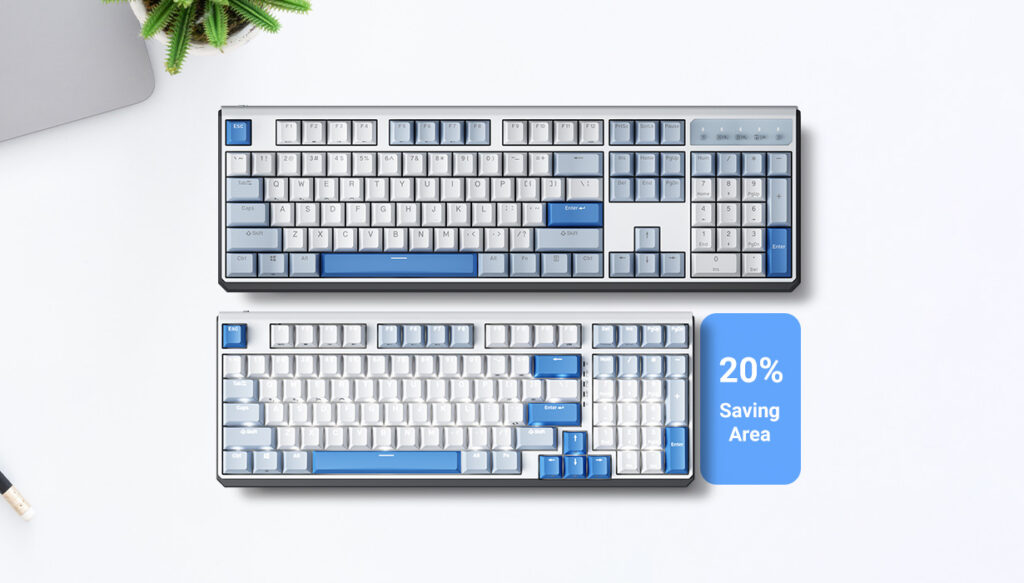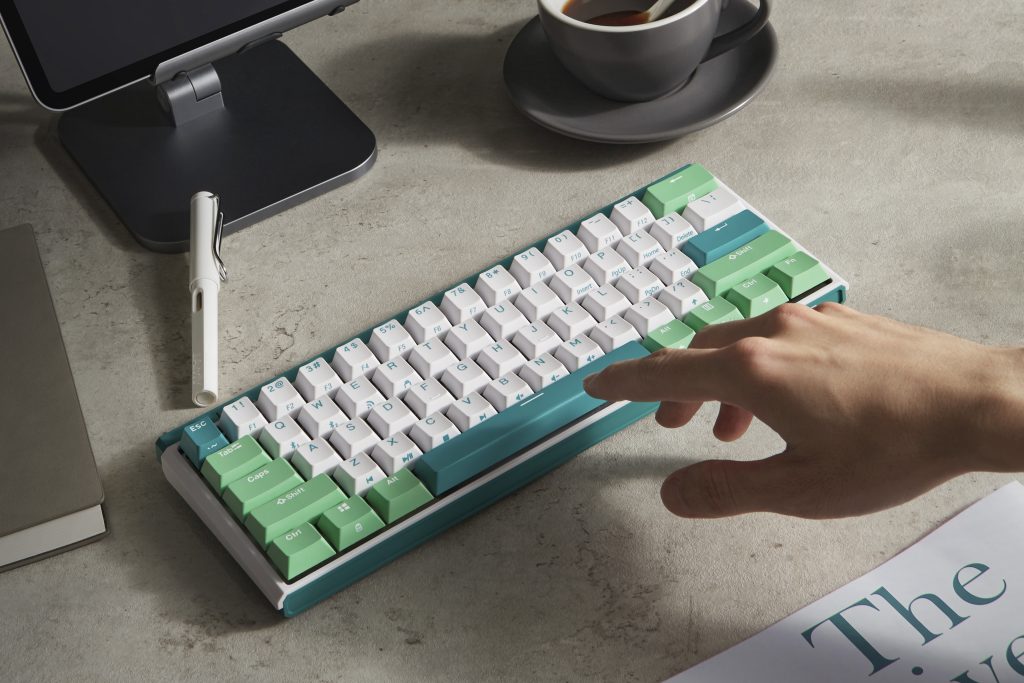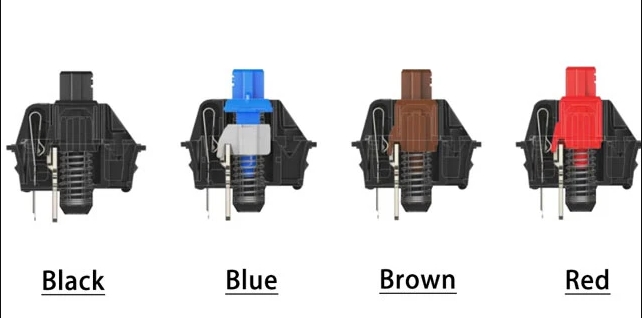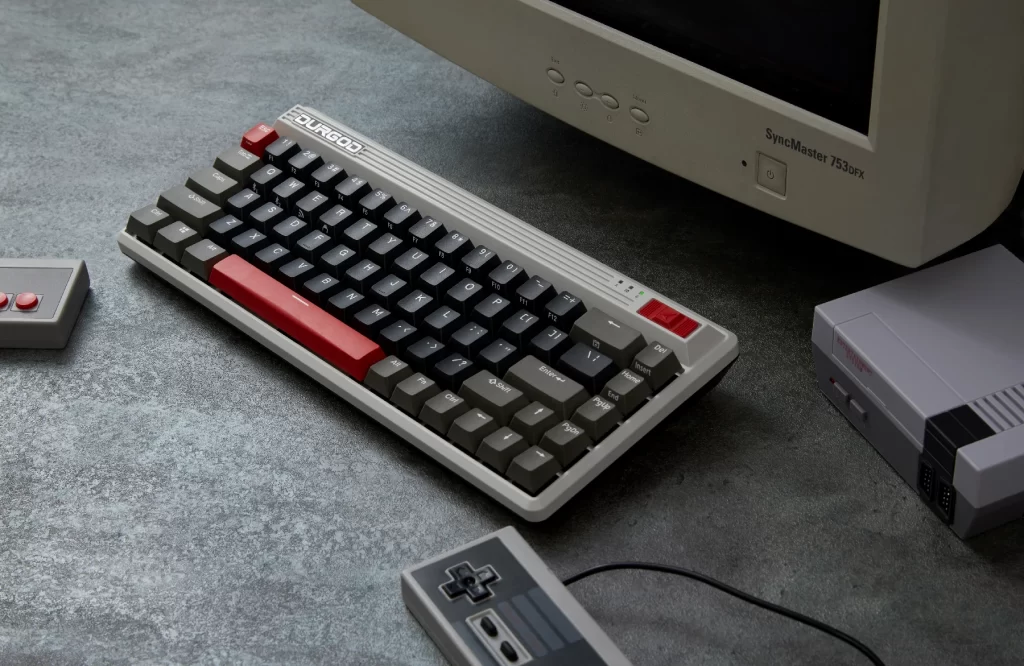The DURGOD K100w Mechanical Keyboard and K100 Magnetic Switch Keyboard
Compact yet impact-packed, the ultimate click in every tick
The interplay between the mechanical keyboard and space-saving is intriguing, especially against the backdrop of evolving workspace environments and the rising popularity of mechanical keyboards. Let’s explore how these factors interact and their implications.
Mechanical Keyboards: An Overview
Mechanical keyboards boast individual key switches, durability, and customizable features. Their size and layout diversity significantly contribute to their space-saving potential.
Key Factors in Space-Saving
- Keyboard Size Variations:
- Mechanical keyboards are available in sizes like Full-size, Tenkeyless (TKL), 75%, 65%, 60%, and even 40%.
- Smaller keyboards, such as the 60% layout, omit the numpad, function row, and sometimes arrow keys, markedly reducing their footprint.
- Desk Space Management:
- Opting for smaller mechanical keyboards can free up desk space, leading to a more organized and streamlined workstation.
- This benefit is crucial in compact workspaces or for those needing extra space for additional peripherals.
- Portability:
- The compact size of smaller mechanical keyboards enhances their portability, ideal for users with multiple work locations or limited space.
Trade-Offs and Considerations
- Functionality vs. Space:
- While space-saving, smaller keyboards might lack essential keys for some users, potentially affecting productivity.
- This balance between functionality and space necessitates careful consideration based on individual needs.
- Learning Curve:
- Adapting to a smaller layout may involve a learning curve as some functions might require key combinations or layers to access.
- This adjustment could temporarily impact typing speed and efficiency.
- Customization and Ergonomics:
- Mechanical keyboards offer extensive customization, allowing optimization for both space-saving and ergonomic needs.
- Ergonomically designed keyboards can also promote better posture and comfort, even in restricted spaces.
Market Trends
- Rising Popularity of Compact Layouts:
- The trend towards smaller mechanical keyboards is growing, as they strike a balance between functionality and space efficiency.
- Both enthusiasts and professionals are increasingly choosing compact keyboards to maximize desk space.
- Innovative Designs:
- Manufacturers are continuously innovating with designs that save space without significantly compromising functionality.
Conclusion
The relationship between mechanical keyboards and space-saving hinges on finding the right balance between size, functionality, and user preference. Compact mechanical keyboards offer a space-efficient solution without sacrificing the tactile feel and durability they’re known for. However, selecting the appropriate size involves weighing individual requirements against potential trade-offs in functionality. As workspace environments evolve, the demand for compact and efficient keyboard designs is expected to increase, spurring further innovation in this field.
For more knowledge of mechanical keyboards, visit DURGOD.



